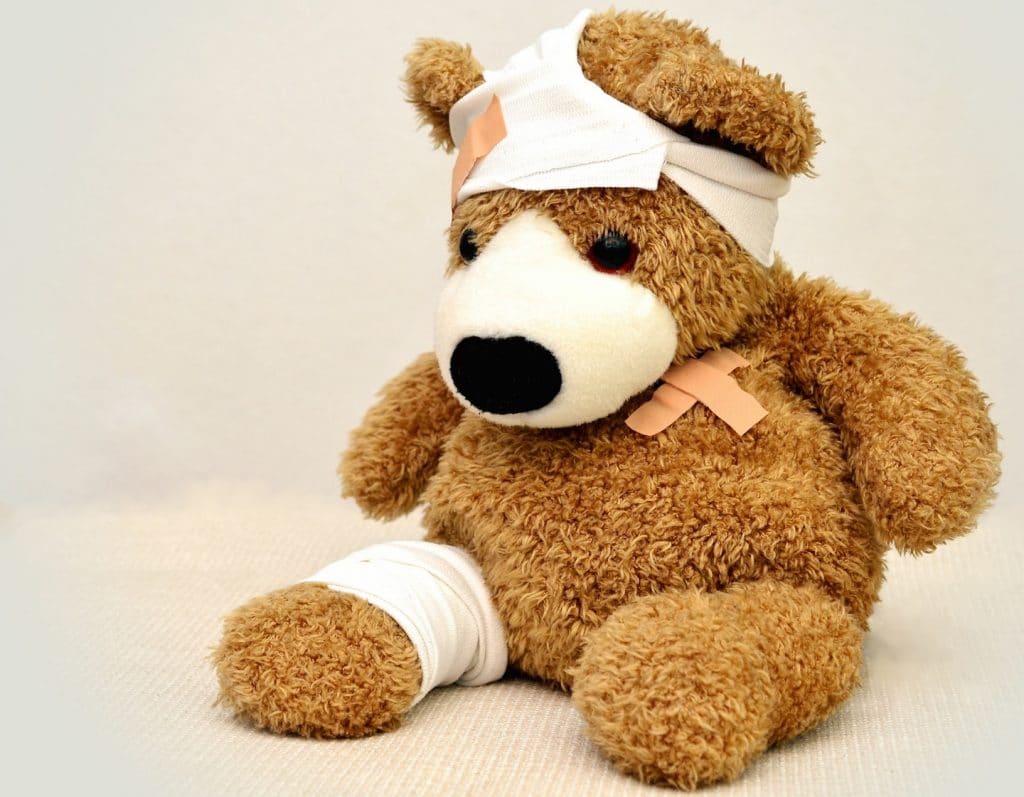
If your child had a medical emergency at school, would you know what steps to take with regard to hospital emergency rooms, doctors, and insurance? One mama shares her do’s and don’ts
Disclaimer: the account below tells of one family’s specific experience in navigating through their daughter’s injuries and subsequent hospital stay. The views and opinions expressed are entirely personal.
The ever-dreaded phone call from preschool makes every parent’s heart sink. But it all happens to the best of us: Your child is sick. Fevers, projectile vomit, ever ready hand foot mouth going around these parts — it’s a pretty universal rite of passage.
But what happens when there has been a serious injury or medical emergency at school? Unfortunately, our family went through that twice within a short span last year. Thankfully, in the grand scheme of things that can go wrong, these were relatively minor, but we did land in the A&E twice and my daughter was getting altogether too familiar with “her bed” in the children’s ward.
In recounting our family’s experience, I’m hoping to shed some light on what may happen should another family find themselves in equally unfamiliar territory.
We had been in Singapore about two years and were navigating through daily life here sufficiently. However, we found ourselves feeling quite lost when faced with an emergency situation. Thankfully, in the first instance, where a swing had gashed open my daughter’s eyelid, barely missing her eyeball, the school’s director was on hand to drive us to the nearest hospital’s children’s emergency department.
Once we arrived at the NUH Children’s Emergency Room, we were charged a fee immediately for seeking emergency medical help. Coming from Canada, a country where healthcare is funded almost 100% publicly, this was a foreign concept. We were advised to wait, and of course, due to possibility of surgery, the patient is not allowed to eat or drink. This makes waiting time with a little one all the more frustrating for everyone involved.
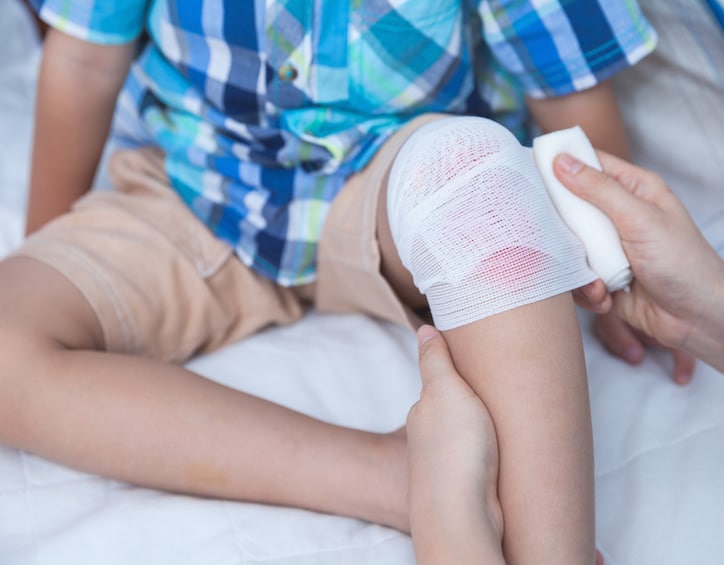
In our case, one doctor who had a quick look at the wound advised that stitches would certainly be required; we had an option to either stay at NUH, a public hospital, or to seek help elsewhere, such as a private clinic or a private hospital. The wait time would potentially be shorter at a private facility as opposed to waiting for admission, an available bed, and an available surgeon at the public hospital. We were also advised that at the NUH, in our daughter’s case, general anaesthesia would most likely be required, however, at a private facility, there was a chance that only a local anaesthesia would be administered.
As the de facto stay at home mom, attendant to all emergencies big and small, I felt put on the spot in that moment and had to evaluate my options based on just a wing and a prayer. Either way, I felt at a loss and really unsure as to what was best for us. We decided to try the private hospital route and ended up with a renowned plastic surgeon at Mount Elizabeth. We were really fortunate to land in her office as her expertise and bedside manner were true lifesavers. In the end, we received help quickly and efficiently, with only local numbing agents and expertly applied stitches.
Thankfully, as it turned out, our company’s accident insurance for dependants was sufficient to cover the associated medical expenses.
Not three months later, we found ourselves in another similar crisis. This time, a wooden block fell onto my daughter’s finger and crushed the tip.
Initially, in trying to assess the situation, we brought her to a medical clinic and were told hospitalisation should not be required in this instance, but that the wound should be kept dry and bandaged for the next 48 hours. We realised upon returning home that her bandages were not adequately waterproof and even after changing to new dressings, the wound was still weeping and bleeding continued.
We went back to Mount Elizabeth in the morning and sought help again from the emergency ward. This time, the doctor on call advised similarly, but thought we should take an x-ray, just in case. Upon reviewing the scan, the doctor thought perhaps we should consult the hand specialist in the same building. Honestly weary from not getting much new information out of our increasingly expensive consults, I was hesitant to prolong our visit at the hospital, especially as our poor little one was advised not to eat or drink again. But fearing the guilt of making the wrong call, we decided to cover all our bases.
At the hand surgeon’s office, we were finally told that surgery was required immediately, and the injury was actually quite devastating. After having seen three doctors, I wasn’t sure whether I was relieved or even more terrified with this change in diagnosis. Nevertheless, we proceeded with admissions and surgery prep. This time, full anaesthesia was required.
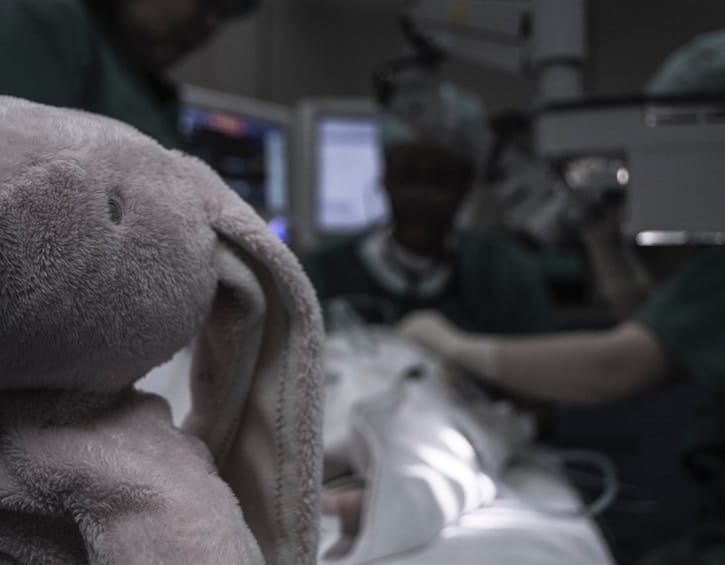
After approximately 45 minutes, our daughter thankfully woke up with shrieking cries and was allowed to transfer upstairs to the children’s ward to rest. As her tears subsided, she got very comfortable operating her same bed, the tv remote control, and the menu that came around offering dinner options. The poor kid was famished.
On our way out of the hospital, the nurse was insisting we take the four(!) bottles of painkilling medicine as prescribed by the anaesthesiologist to be administered every two(!) hours and the associated antibiotics to prevent infection.
I was flabbergasted and resistant to the dosage prescribed for such a young, small body! In the end, I took the bottles just to make the nurse go away, but the actual administration of the painkillers was sparse.
Our key takeaways after our experiences:
- It’s good to know ahead of time if a company insurance policy covers accidents for dependants and what those specific terms might be in terms of deductibles, co-pays, upfront payments and so on.
- Whatever insurance the local kindergarten may offer for bodily injuries seems woefully limited.
- Private hospitals might have shorter wait times but public hospitals like KK Women’s and Children’s Hospital are also at the forefront of medical advancements and children’s emergency treatment.
- Ask questions when it comes to anaesthesia and painkillers, especially on bodies of young children. Some doctors we had encountered seemed more readily reliant on these than what might be absolutely necessary.
- Concerns over safety of kindergartens and preschools can be addressed with ECDA (Early Childhood Development Agency) and they may review a school’s operations, but it doesn’t seem too heavily involved.
- Keep all receipts as they pertain to treatment and whatever extra expense incurred such as transportation to and from hospital and days missed from school.
Hopefully, our experiences were unique and every child that goes to school in the morning happily comes back unscathed at the end of the day. But in the event that they are hurt, the local hospitals and treatment centres we have encountered have all been very supportive and blessedly well equipped. Thank goodness!






 View All
View All
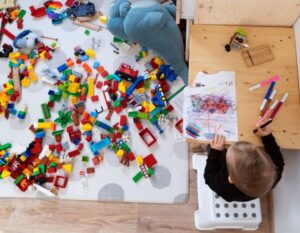



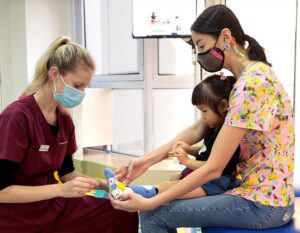
 View All
View All

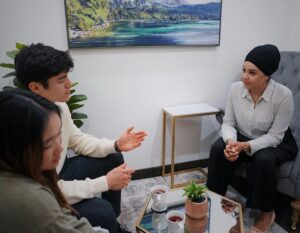








 View All
View All





